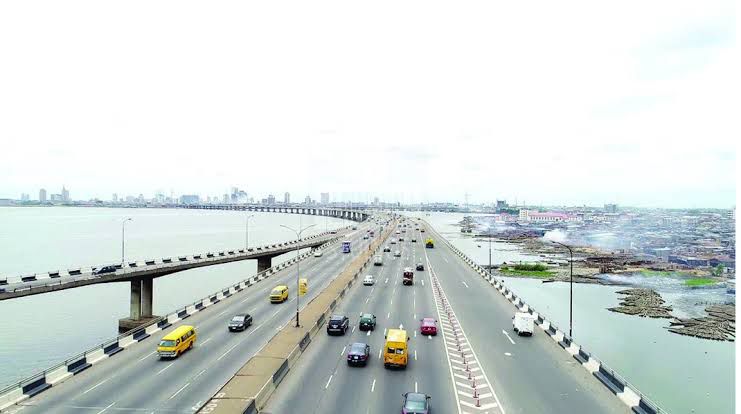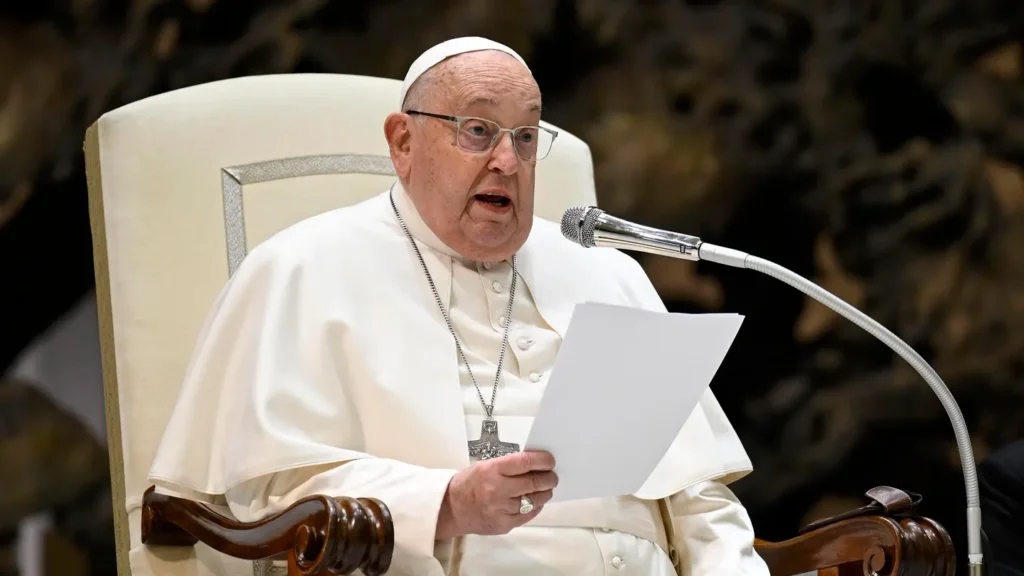The Third Mainland Bridge, a vital artery in Lagos’ bustling transport network, has undergone a long-awaited facelift.
With engineers and construction workers completing the rehabilitation and installation of new streetlights and CCTV cameras, the bridge now stands as a symbol of progress.
However, just as one problem has been solved, another has emerged—reckless speeding.

At a recent stakeholder meeting in Lagos, Minister of Works, Senator David Umahi, raised serious concerns about motorists exceeding speed limits.
He emphasised, “The speed there is terrible.
“If we install speed bumps, it will cause heavy traffic congestion”.
Therefore, the government is exploring alternative measures to control speeding.
Surveillance As A Solution
To address this issue, officials have installed CCTV cameras on and beneath the bridge.
Soon, they will launch the surveillance system, ensuring that enforcement officers can actively monitor traffic and penalise violators.
Moreover, the government aims to deter reckless driving without disrupting the flow of vehicles.
Beyond the bridge, the government has also extended rehabilitation efforts to Falomo.
Read Also; Rebased Inflation Rate Fails To Alleviate Rising Cost Of Living – LCCI
As part of this expansion, they have installed additional CCTV cameras and streetlights, further improving security.
Additionally, authorities in Abuja will now monitor all activities along the entire stretch in real time.
“Whatever you do on that road—from Falomo to the Third Mainland Bridge and its ramps—we are watching,” Umahi cautioned.
“Everything is on camera, with footage streamed directly to Abuja.”
For motorists, this increased surveillance may bring either reassurance or discomfort.
Nevertheless, the government has transformed the bridge into a high-tech corridor under constant watch.
What Comes Next?
Ultimately, the question remains: Will these measures effectively curb reckless driving, or will authorities be forced to introduce even stricter penalties? Only time will tell.

